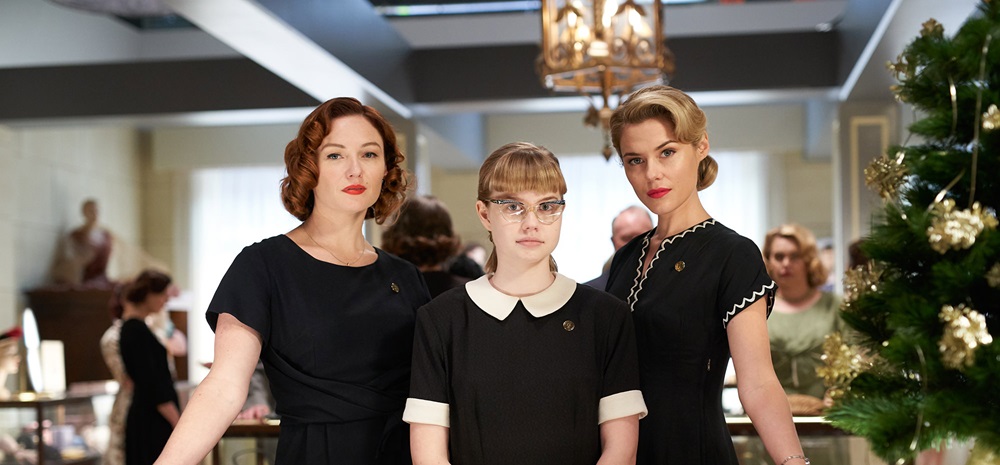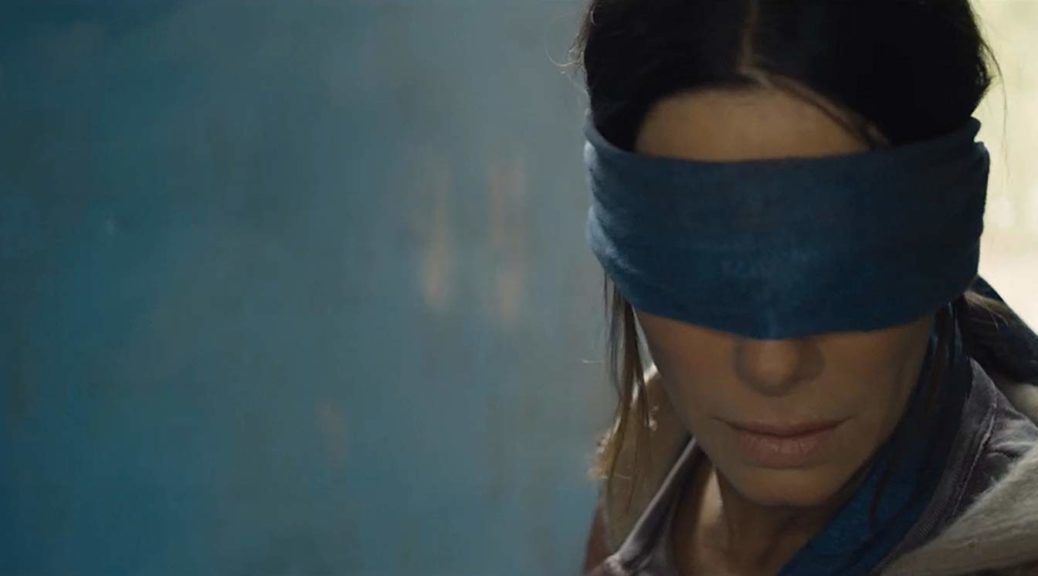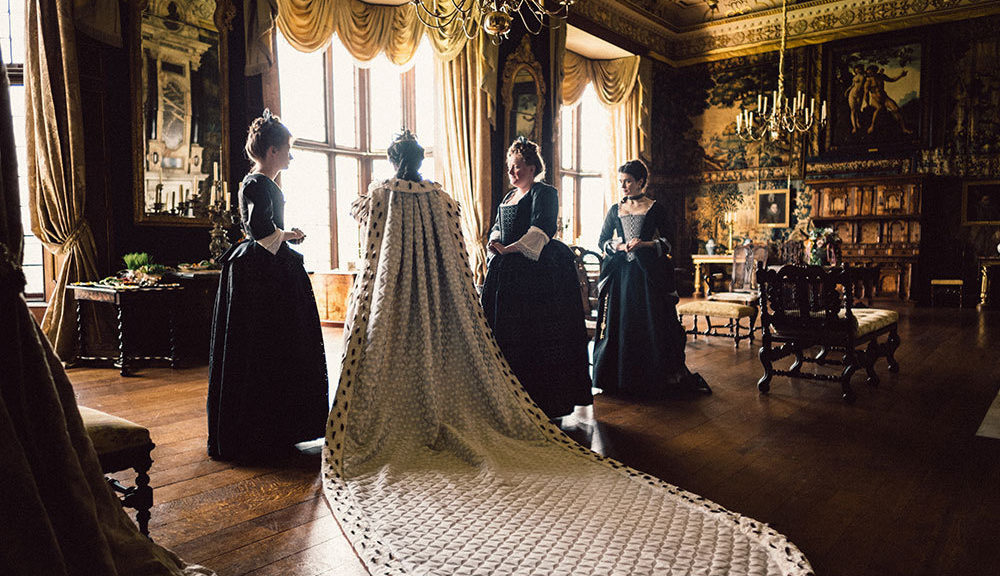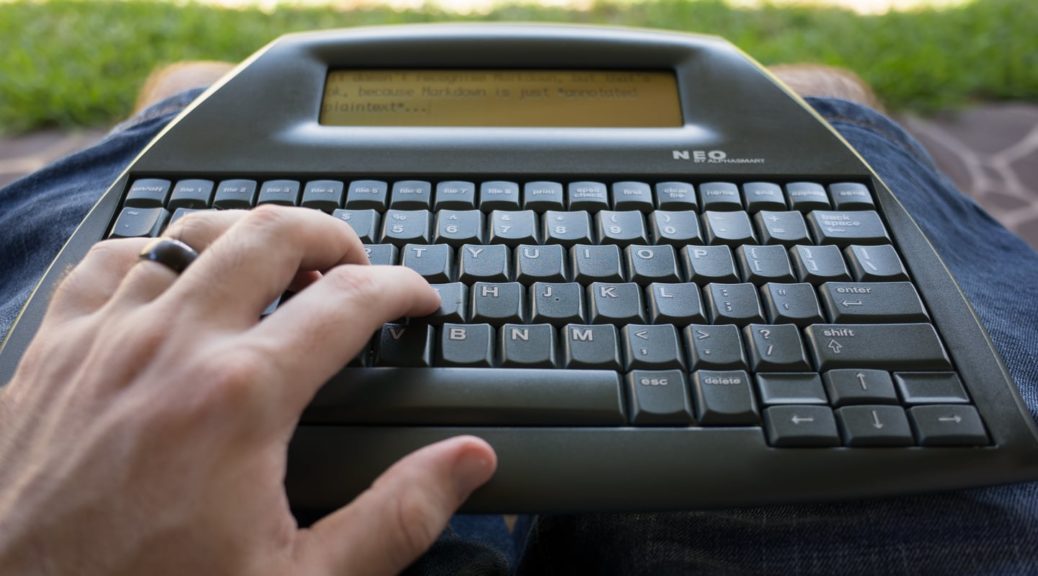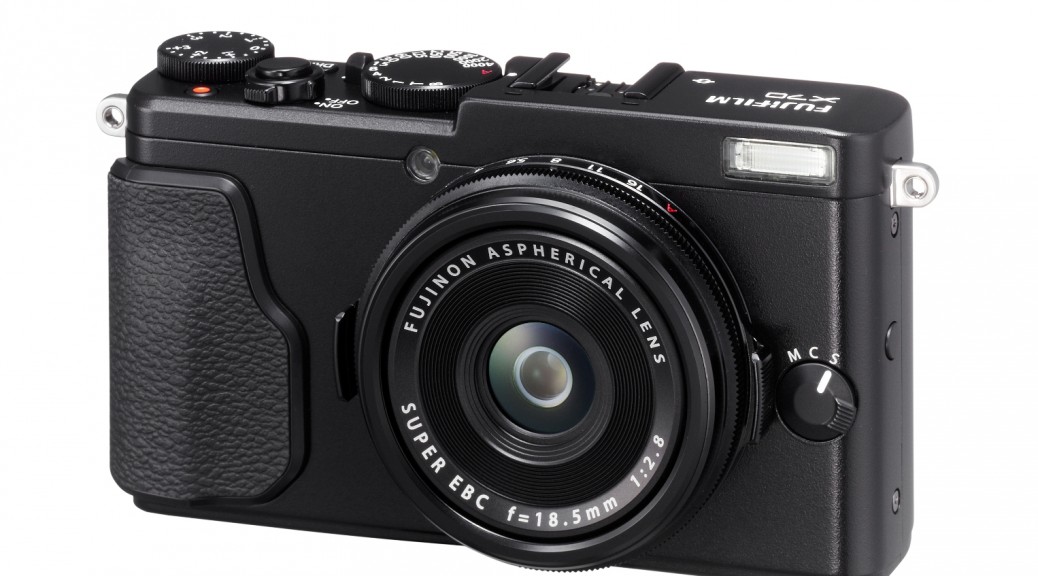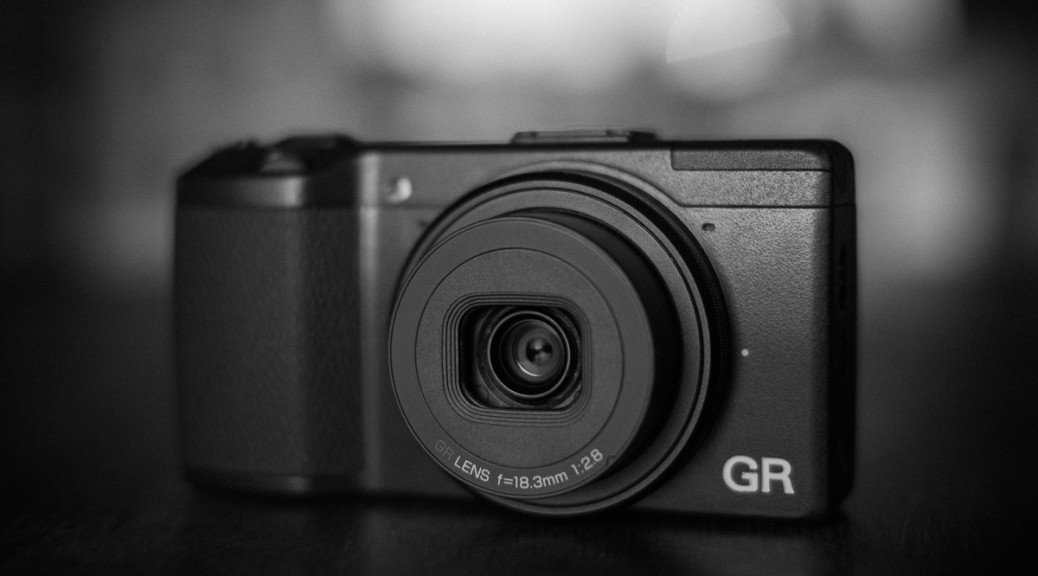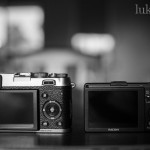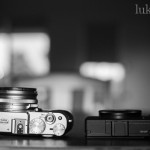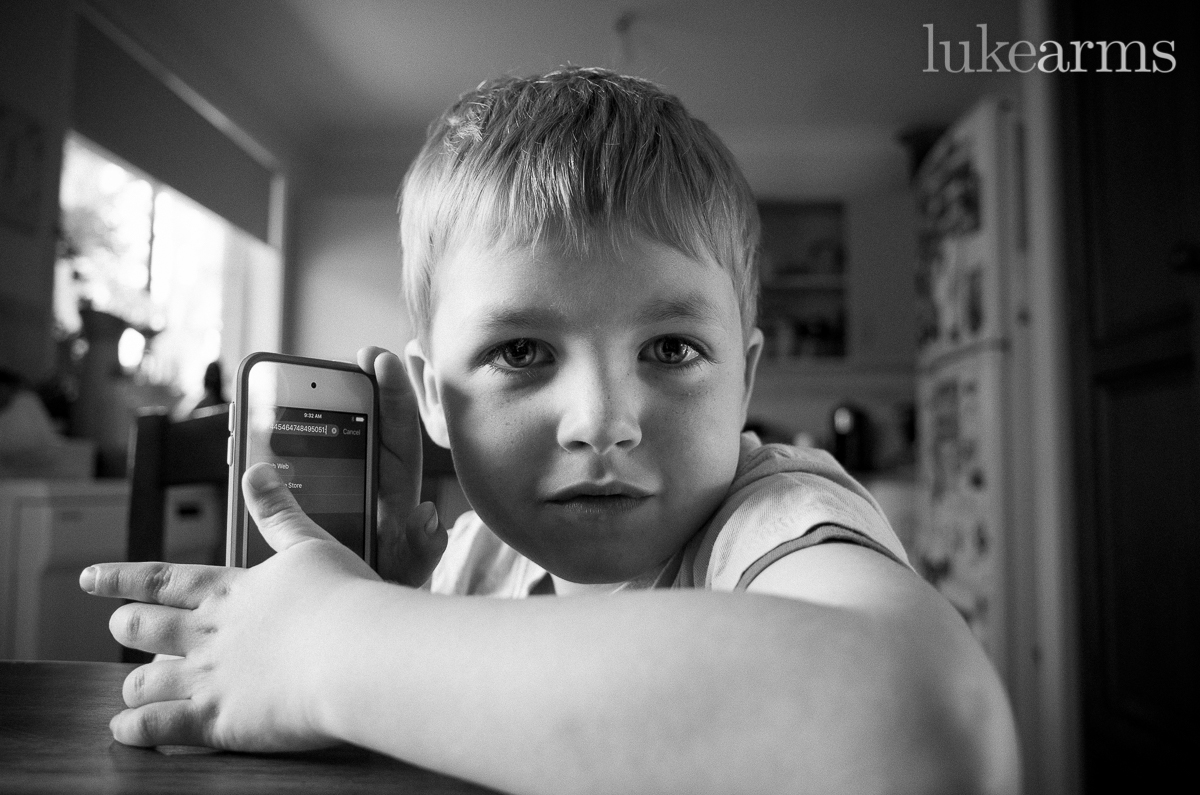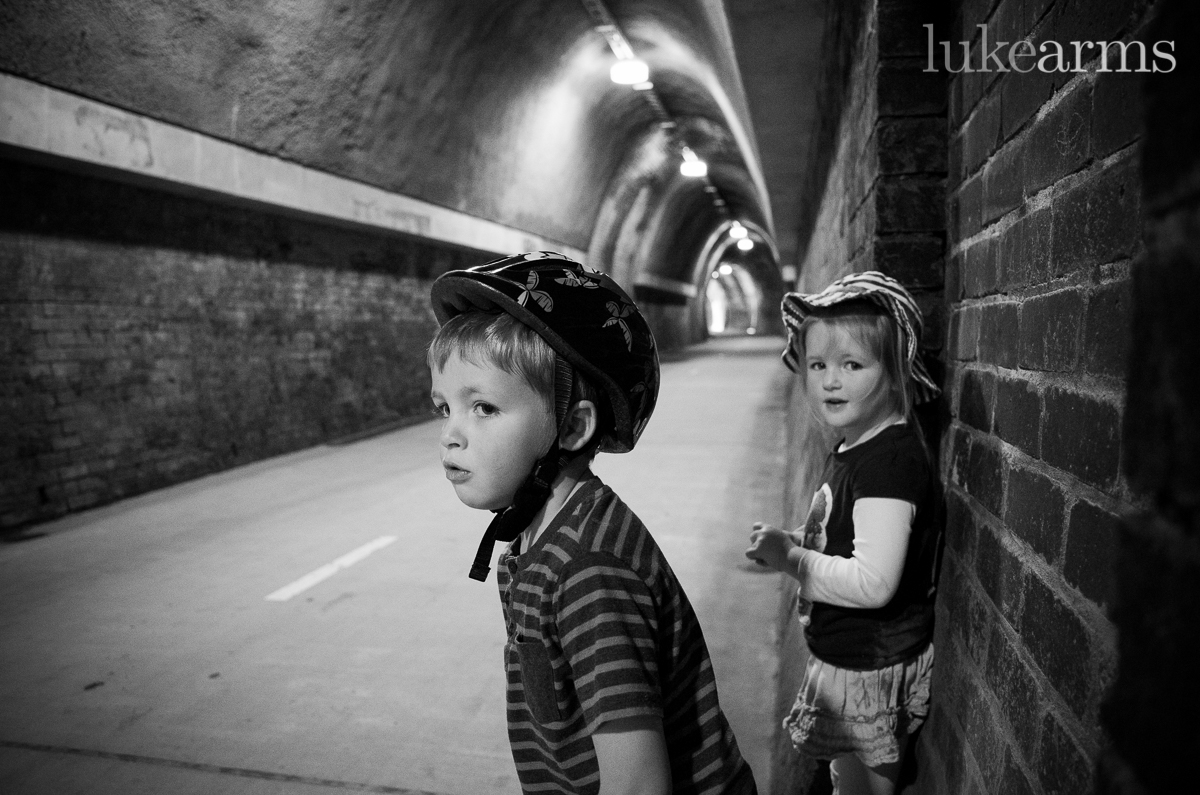Content note: this post includes references to domestic violence and emotional abuse.
Alcohol abuse and homelessness weren’t part of my childhood. As far as I know, my father’s violence wasn’t substance-related, and the austerity he subjected us to never resulted in skipped meals or malnutrition.
In countless other ways, though, my therapist was right. It wasn’t difficult to find parallels between Jeannette Walls’ childhood and my own, and watching the movie based on her memoir was, indeed, cathartic. Eventually. After I worked through the seething mass of memories it laid bare.
This is not a cinematic review of The Glass Castle. It’s a guided tour of how it has affected me. It’s an attempt to articulate the catharsis of processing repressed memories. It’s been written to help me, and shared in the hope that it will help you.
The mother
Unsurprisingly, Jeanette’s father (Rex, played by Woody Harrelson) is the central figure in this story of family dysfunction. He is unambiguously portrayed as responsible for most of the distress that plays out for everyone else. But there are moments that highlight the complicity of the mother (Rose Mary, played by Naomi Watts) in creating a traumatic, hostile environment for the children (and I’m not just referring to the opening scene, where Jeanette suffers burns due to her mother’s negligence).
The dynamic between my parents was similar, and it remains impossible, to this day, to determine how much of Mum’s role in my toxic childhood stemmed from being a victim of Dad’s abuse herself, and how much was a willing, conscious choice. The Glass Castle is similarly inconclusive about Rose Mary’s contribution to the Walls family dynamic.
My situation affords a little more insight, because despite leaving Dad 16-odd years ago, Mum’s abusive behaviour towards me has steadily escalated as the chasm between her values and my choices has deepened. Also, contact with her currently triggers far more significant post-trauma responses in me than contact with Dad does.
I mention this at the outset because Rose Mary’s abuse of her children isn’t necessarily obvious. She elicits sympathy as her husband’s victim, and the ways she enables and perpetuates Rex’s stranglehold on the family aren’t even noticed by the children (they’re too busy reacting to their father). But who could blame them? At 35, I’ve only just started to recognise these behaviours in my own mother.
The darkness
The setting and the specifics were different, but the oppressive darkness that settled over the family home during Jeanette’s teenage years felt uncomfortably familiar.
It was the unpredictability. No-one knew what would trigger Rex’s next outburst, who would be targeted, what sort of assault or destruction there might be. For Jeanette and her siblings, their father’s drinking was a determining factor; in my home (where drinking was seen as a deadly sin), Dad would lose his shit totally sober. Alcohol wasn’t necessary for him to snap without provocation, to crush us with broken glass and cruel words.
Not knowing how or when your father will next unleash hell–knowing only that he will, and that it won’t make sense, and that there might not be any warning–means your home is unrelentlingly, inescapably hostile. Starved of love. Desperately unsafe. Remembering those years, I can almost see the pall of blackness hanging over the house. I don’t think it was just the dark wallpaper and awful carpet.
School was Jeanette’s escape, and it was mine too. Whenever I could, I would stay in the library until it closed and catch the last bus home. Facing consequences for getting home late was better than spending those hours near my father, who was unemployed at the time. He would usually be hidden away in his tiny, cluttered study, obsessing over his latest theory or grand plan (not unlike Rex’s ‘glass castle’), but I never knew when he would emerge or what to expect when he did. Avoidance, occasionally disrupted by the naive belief that I could somehow be perfect enough to make things better, was how I survived.
As in The Glass Castle, there were moments of light, too. Acts of generosity and care from a man who was usually the opposite. Just enough goodness to ignite a feeble flame of hope that things were about to get better (they never did). Eventually I could see that even these rare moments of kindness were designed to help him get what he wanted.
The exceptionalism
Just like Rex, my dad was anti-establishment, anti-government, and pro-conspiracy.
Unlike Rex, Dad’s rejection of conventional wisdom was entangled with his particular brand of Christianity–a veritable Frankenstein of evangelicalism, pentecostalism, and seventh-day-adventism–none of which passed muster in their own right, due to glaring deficiencies only he could see.
Differences aside, Rex and my father were both deluded about how unique they were, and they both tried to assert their exceptionalism through their families.
They both homeschooled their children, because schools couldn’t be trusted to teach you what you really needed to know. (My siblings were spared this privilege. As the youngest, I represented Dad’s final opportunity to create a less disappointing version of himself, so he pulled out all the stops.)
They both made grandiose plans that never materialised, and promises that were never kept. The most obvious one in The Glass Castle is the actual glass castle–the solar-powered home that never progressed beyond a hole in the yard. My dad’s schemes weren’t usually so tangible (although he was briefly obsessed with a stock market hack that was supposed to net us a heap of money); instead, there was the constant promise of a happier future, when he’d be done with his countless projects (like his system for organising all human knowledge), and done with the mountains of newspapers that couldn’t be thrown out until they had served their purpose (the unlocking of his exceptional theories).
As far as I know, he still has most of those newspapers. (It’s like those scenes in A Beautiful Mind, except the secret messages embedded in The Australian in 1995 remain uninvestigated.)
Jeanette’s parents, and mine, didn’t believe in doctors. With very few exceptions, to this day, it’s self-healing or death, because rushing off to a doctor at the first (or tenth) sign of illness is what everyone else does–and we’re better than that.
Jeanette’s parents removed her from hospital before she had recovered from her burns. Mine refused to take me to a doctor despite years of debilitating cystic acne on my back and face. I’m still covered with slowly fading keloid scars, but memories of high school change rooms and the struggle to conceal fresh blood stains on my shirts are just as indelible.
Both Rex and my father wanted their children to believe they were exceptional–as long as they could define what it meant. In The Glass Castle, Jeanette copped it for merely being a gossip columnist, and her choice of husband was similarly condemned: “you’re better than this” (or words to that effect). I could hear Dad (and Mum) in Rex and Rose Mary’s cutting words.
Ironically, it’s fair to say that there have been some unfortunate choices in both Jeanette’s life and my own. Finding your way takes longer when you’re unknowingly carrying your parents’ delusional expectations and unhinged judgements.
The austerity
In The Glass Castle, it’s striking that Rex always has a cigarette in his mouth, and a hip flask in his pocket. The children might not have eaten for three days, but their father’s addictions are always fed.
My father wasn’t addicted to alcohol or tobacco, but his obsessions were expensive, and the rest of us had to help him fund them.
We had to use a bucket to collect cold water from the shower while we waited for hot water to come through (it would then be used to fill Dad’s obsessively managed drinking water filtration system). Dishes had to be thoroughly rinsed in an ice cream container (without replacing the water until it was basically solid), so they could then be washed in just one sinkful of hot water. We owned a car, but to save money, it was almost never used; Dad had to charge the battery overnight before it would even start. Sometimes, it still wouldn’t. Water, gas and electricity meters were read weekly and tracked over time. There were “consequences” if readings were higher than they should have been, or if our water handling was too wasteful, or if the dishes were too dirty, or if we requested transportation by car.
The penny-pinching was ruthless and never-ending, but somehow there was always enough money for Dad’s computers and encyclopedias.
The youngest
Jeanette is the second-oldest of four children. Maureen is the youngest. The movie includes a reference to Jeanette’s regret over leaving her little sister alone with Rex and Rose Mary after she escapes to New York, but Maureen’s experience as the youngest of the Walls children doesn’t feature prominently otherwise–The Glass Castle is, after all, Jeanette’s story. But as the youngest of three myself, I couldn’t help noticing a few hints that Maureen’s life was probably even more challenging than Jeanette’s.
There’s a seven year gap between me and my brother. He’s a year younger than my sister. Even now, they both comment that I had the better deal. We moved house less frequently after I was born. Dad was, apparently, less violent with me than he had been with them. And it seemed to both of them that I benefited from being the “only child” as they finished school–especially given my interests were similar to Dad’s, and were better supported than theirs had been.
But they were largely absent while I received Mum and Dad’s undivided attention. They couldn’t see that Dad’s enthusiasm for providing me with access to technology wasn’t about him “spoiling” me; it was him attempting to succeed where he had failed, by living vicariously through me. At 35, I am only just beginning to recover from his sustained efforts to control and manipulate me into being the person he wanted himself to be.
This wasn’t my siblings’ lived experience, so they get a bit eye-rolly when I describe it as abuse (especially when I refuse to let Mum off the hook for her role in letting it all happen). Each of the siblings in The Glass Castle responds differently to their parents, too; Jeanette’s brother, for example, seems content to remember the good things Rex had done while Jeanette is feeling uncertain about reconnecting with him before he dies.
Different children can have different childhoods despite having the same parents, apparently. Just ask the youngest child in a dysfunctional family.
The nickname
“Mountain goat.” It’s an endearing nickname for a child, but Jeanette is done with it by adulthood, and she says so. Rex ignores her, and the unwelcome moniker lives on. There’s a poignant moment in The Glass Castle where he tries to use it to connect with her as she tries to pull away from him. (He fails.)
It might seem like a minor thing, but it’s not. My father calls me “teddy bear,” or TB for short. I hate it. Every time he uses that childhood nickname feels like an attempt to assert control over my identity, to wash away all of his inadequacies and replace them with fond memories of a happy past that only exists in his head.
Pro tip: if you love someone, don’t use nicknames they hate.
The first marriage
Jeanette’s first marriage proves to be almost as dysfunctional as her childhood.
At first, her husband appears to be the opposite of her family. He’s calm and understanding; he’s successful and well-respected; violence and aggression doesn’t seem to be in his nature. In time, however, it becomes clear that his benevolence has strings attached; that he’s just as controlling as Jeanette’s father; that when he stops getting what he wants, the tables will turn.
Let’s just say that I can relate.
The ending
I’m not sure what to make of The Glass Castle‘s ending just yet.
It’s unsettling that Jeanette seems willing to overlook decades of abuse in order to remember her father as a hurting, misunderstood genius-hero, rather than the destructive force he actually was. Hopefully the book will shed some light on her thought process, but for now, I’m struggling to understand her apparent reluctance to reckon with the reality of Rex’s overwhelmingly toxic impact on his family.
As a society, we’re programmed to make excuses for male abusers. We believe that men who are capable of murdering their families can be “good blokes“, and we can’t see that by perpetuating this myth, we’re quietly endorsing every other “good bloke” who is a piece of shit behind closed doors.
So while it’s not surprising that Jeanette could be willing, and able, to remember Rex so fondly, I can’t help wondering if we’d be more likely to break the cycle of intergenerational abuse if we weren’t so busy suppressing our memories of it.
